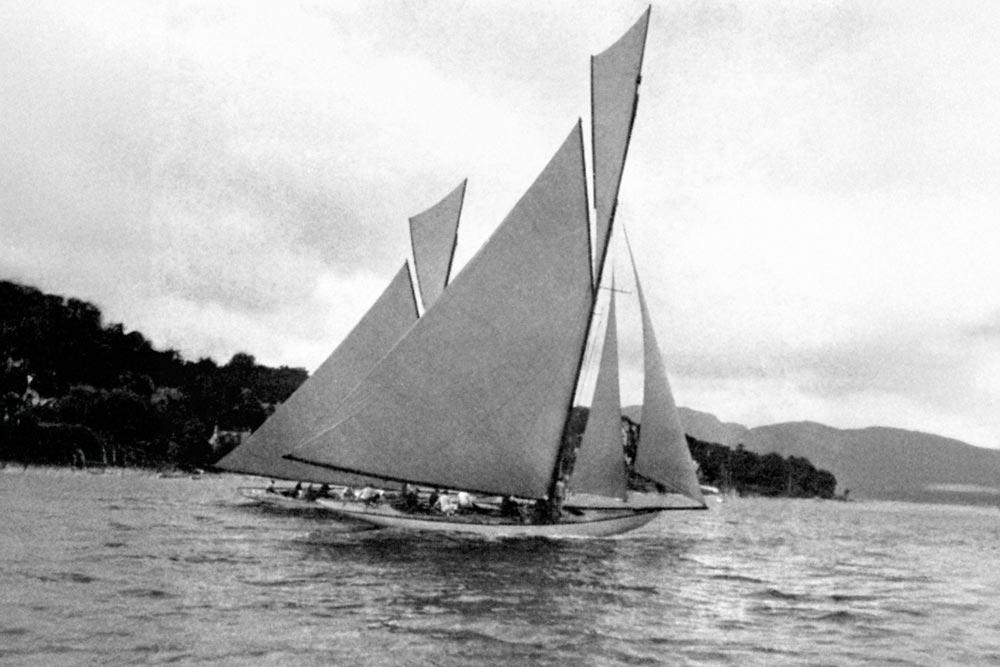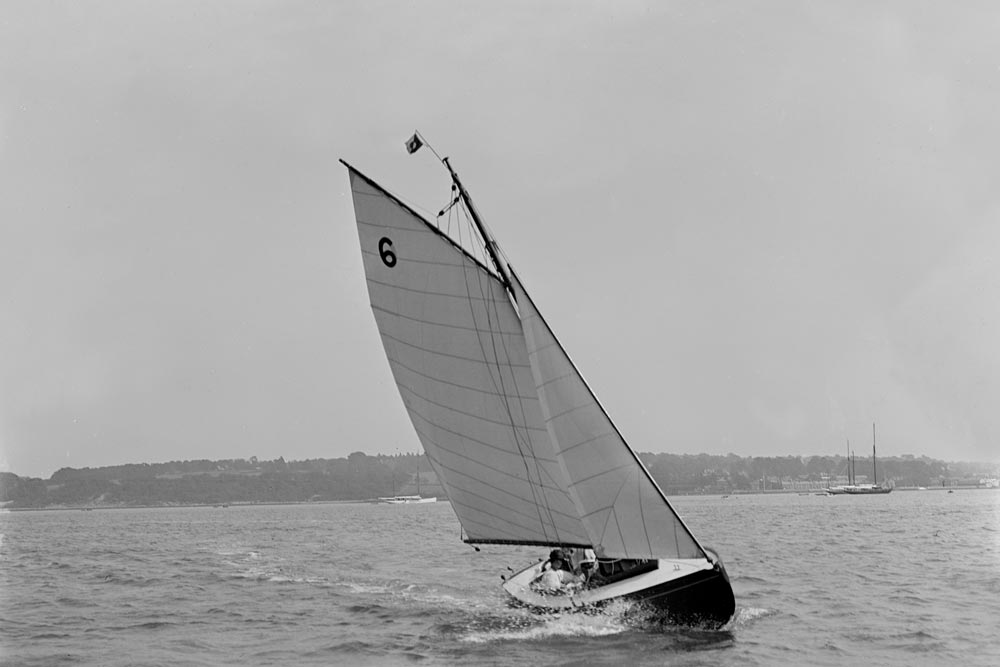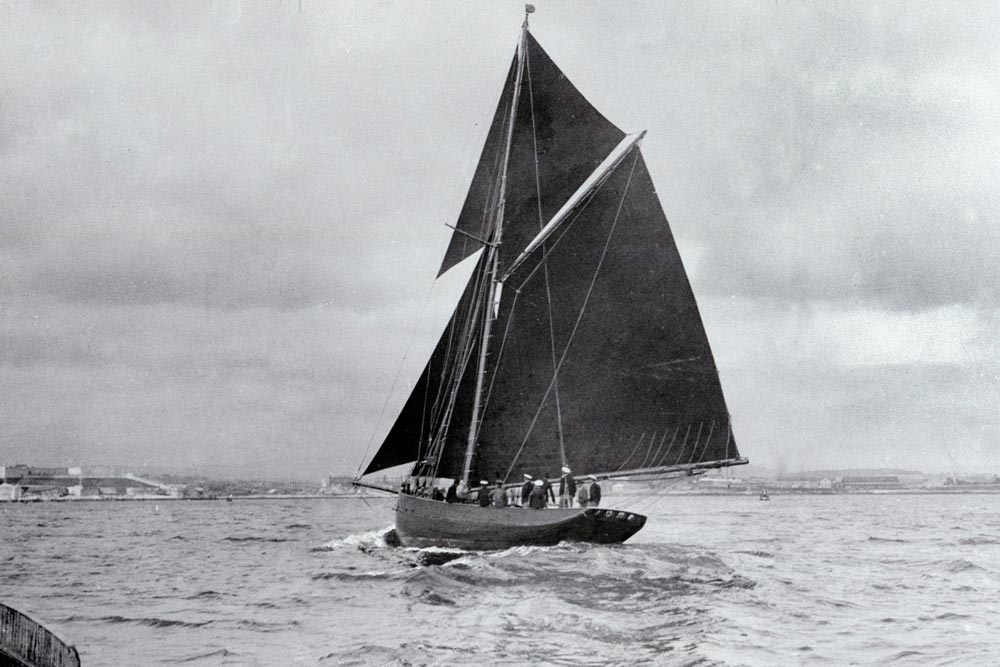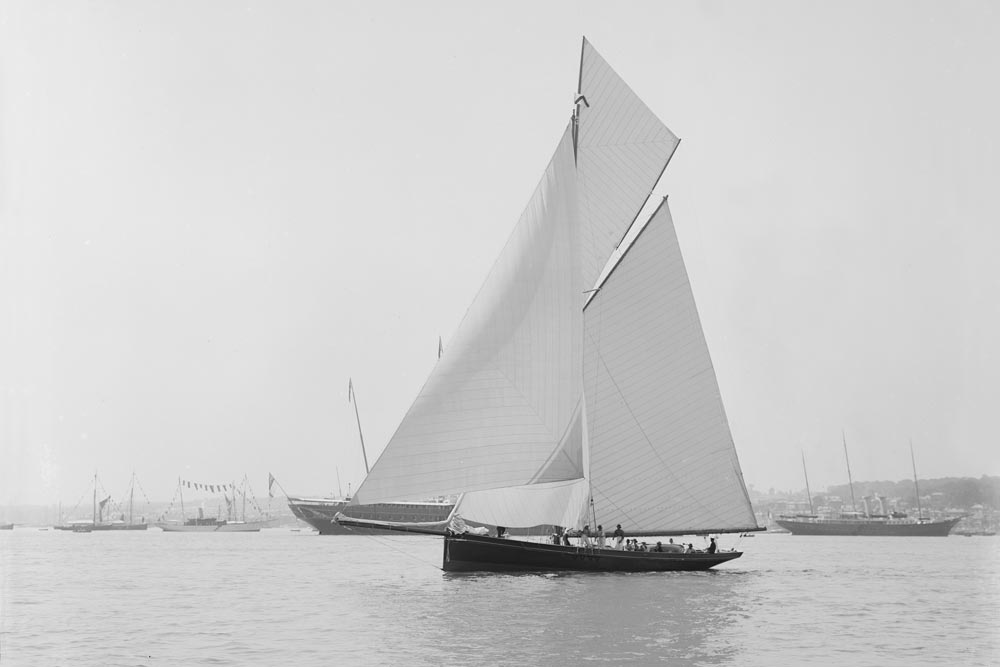1900 – 1925

The Yacht Racing Association’s first substantial change of the new century came in 1904 when it took the significant step of allowing women to join. Its first female member was Mrs H.G. Allan, a well-known and accomplished Solent sailor who owned two yachts. Although she was the trail blazer for the ladies, it would take another eight years before, in 1912, the YRA took the more enlightened view that ladies weren’t just for decoration or weight.
The YRA’s management of UK recreational yachting was now considered to be so good that, when in 1905 other nations needed to come together to devise a new rating rule, it was the YRA they turned to. With the YRA taking the lead, the new rules were agreed, before the top yachting federations around the world wanted to go a step further and create an International Union. Seventeen delegates from 12 nations worked their way through what was in effect the YRA Rule Book, before, and with only a few alterations, adopting it as the foundation for the International Yacht Racing Union. Whilst this was a huge vote of confidence for the YRA’s management of yacht racing, there were those who opposed the initiative, feeling the YRA had surrendered their ownership of the rules to what potentially could be an offshore body.

The growing importance of the role the Association played in the international yachting was spotlighted in 1908, when London hosted the fourth ‘new’ Olympic Games. When the Games were introduced at Athens in 1894, it was envisaged that yachting would certainly be a part of this spectacular event, with the 6,7 and 8 Metre classes racing off Ryde, on the Isle of Wight, whilst the 12 Metre class would be held on the Clyde. There was an event for powerboats too. Although the YRA held the ultimate responsibility for the event, there was now sufficient support to allow a well-informed sub-committee to manage Olympic participation.

Although the YRA’s focus was yachts, the subject of getting younger people into the sport was being increasingly discussed. But, when it came to dinghies, the door was still firmly closed! Small boat sailing was still being organised by the Boat Racing Association (BRA) who in 1912 selected a new single-handed dinghy. The winning boat, the BRA-1 would soon go on to become the International 12. But the YRA held out against unifying small boats and bigger yachts under a single management structure. In 1914 things began to move in the right direction, only for the First World War to bring about a four year break in competition.
Although hostilities ended at the end of 1918, getting yachting restarted was problematic, with submarine barriers and worse, minefields, still not cleared. Nevertheless, at the start of 1919 the YRA hosted what was billed as ‘the largest gathering of yachtsmen’ where new ground rules were laid out for the recommencement of competition.
Around this time the YRA’s set country codes on sails, with the UK taking K, France claiming F, Switzerland Z and Finland L! Of far greater importance was the 1921 agreement for the Boat Racing Association to be taken into the YRA, meaning that from now on, dinghies would be fully represented both domestically and internationally.

The era closed with another major first, when the Royal Victoria Yacht Club on the Isle of Wight ran its first Ocean race running westwards from the Solent, across the Irish Sea to the Fastnet Rock, before returning to Plymouth. The YRA now had everything from dinghies to a signature offshore race hosted in the UK and, in a time of increasing change, more developments would soon take place.

